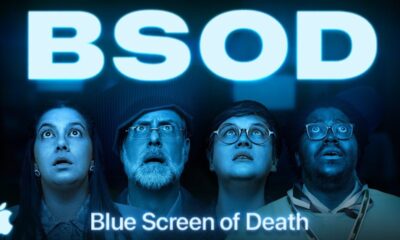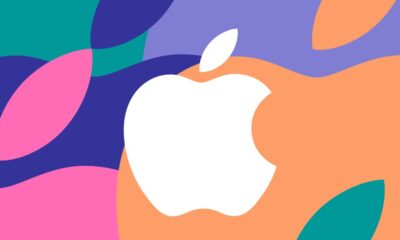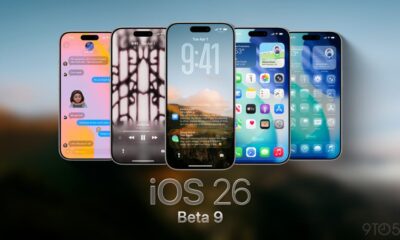Mobile Tech
Apple TV: The Quiet Rebrand
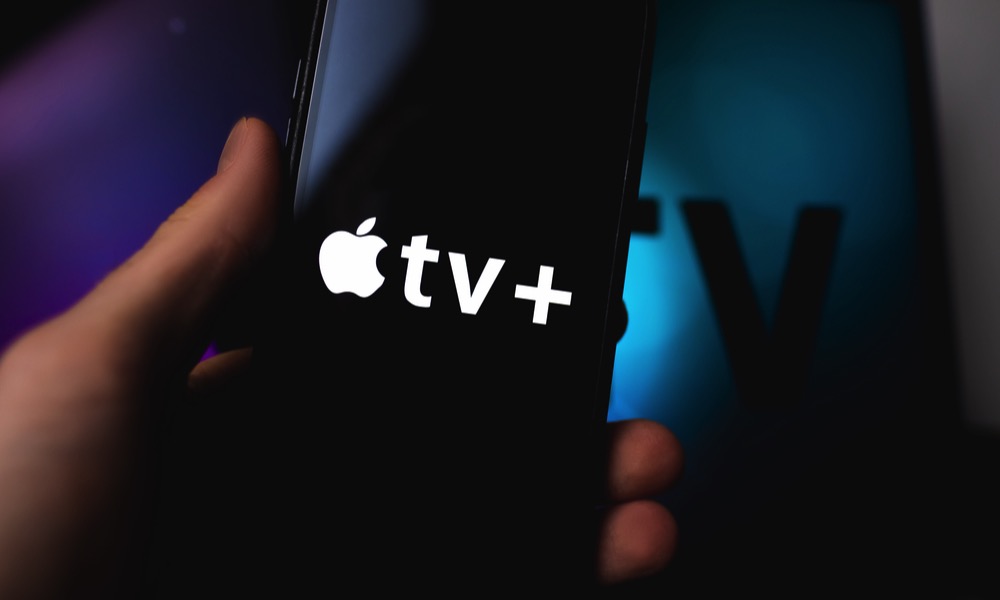
From today onward, the streaming service formerly known as Apple TV+ will simply be called “Apple TV.”
In what feels like a footnote on its announcement of an official streaming date F1: The Movie on Apple TV+ … er, Apple TV, the company said it’s simplifying the brand:
Apple TV+ is now simply Apple TV, with a vibrant new identity.
We’ll likely have to wait to see what Apple means by a “vibrant new identity,” as so far everything looks pretty much the same. The icon for the TV app has gotten more colorful in the latest OS 26 betas, released earlier today. However, if anything, that just contributes to the confusion.
For a company obsessed with minimalism, Apple’s naming conventions have become a tangled mess.
Apple TV in Apple TV on Apple TV
It’s hard to tell whether Apple is intentionally muddying the waters or getting ahead of more upcoming announcements, but as of today, “Apple TV” now refers to three different things:
- Apple’s set-top box: Released in 2007, it was the first semi-mainstream product to carry the Apple prefix. Several reports suggest that Apple wanted to call it “iTV” to stick with the rest of its “i” branding, but had rights problems with a UK TV network of the same name. Either way, for nearly a decade, “Apple TV” meant a hardware device, and nothing else.
- Apple’s TV app: In 2015, Apple released a fourth-generation Apple TV, transitioning its set-top box to a full-fledged operating system it dubbed tvOS. In 2016, Apple introduced a TV app that would become a “universal content hub,” providing a single point of access for streaming content from multiple services. Most signed on pretty quickly; Netflix remains the last major holdout. Today, the Apple TV app is available on the iPhone, iPad, Mac, and Apple TV set-top box, but it’s also found on smart TVs, game consoles, and even Android smartphones.
- The Service Formerly Known as Apple TV+: Apple significantly increased its services portfolio in 2019, and among these was a long-rumored streaming service it dubbed Apple TV+. For the past six years, this has been primarily the home of Apple Originals, but the company also has a small back catalog of content from the franchises it’s become the caretaker of, such as Peanuts and Fraggle Rock, and it occasionally runs limited-time free promotions of older movies from other studios. There’s also MLB Friday Night Baseball.
It’s probably fair to say that most people now think of the streaming service when they hear the name “Apple TV” — a testament to the company’s marketing of its original shows and films — but Apple’s branding has already created no small amount of confusion, and this latest change is just going to add to it.
I’ve often had to explain to non-technical folks that having the Apple TV app on their iPhone doesn’t automatically let them watch Ted Lasso. They need a subscription for that, which is why it’s Apple TV Plus. Also, you don’t need to buy an Apple TV to watch Apple TV+ (although I’m sure Apple would be more than happy to sell you one).
Now, things could get even weirder. You want to watch Slow Horses? It’s on Apple TV in the Apple TV app, which you can run on your Apple TV. Granted, that last part isn’t strictly necessary — and most folks wouldn’t care — but the app is a requirement for anyone who isn’t just watching through a browser on their Mac or PC. Having the plus sign there made it clear that the streaming service was something more than the app — and that the app wasn’t just a portal to the streaming service.
As John Gruber points out, it feels like watching Abbott and Costello’s classic Who’s on First routine.
The Apple+ Era
It’s an interesting twist, as Apple TV+ kicked off the era of Apple’s “plus” services, but in some ways, it’s also going back to some arguably simpler roots. Apple TV+ launched alongside Apple News+, and the company would later expand that into Apple Fitness+ and iCloud+. There have even been rumors of a Health+ service coming next year.
What most of these “plus” services have in common is that they take an existing app or service and expand on it. Apple News will aggregate news stories from hundreds of sources without requiring you to pay a dime to read them, while News+ gives you access to paywalled publications like The Wall Street Journal and
(more recently) The Washington Post along with over 200 digital magazine subscriptions.
Apple TV+ gives you Apple’s original content in the TV app alongside all the other streaming services (most of which require that you pay for them separately, but that’s another matter). Apple Fitness+ adds guided video workouts to the free Fitness app, and iCloud+ offers add-on features to those willing to pay for storage instead of relying on the paltry 5 GB that Apple gives away for free.
Then there’s Apple Music. Launched in 2015, long before plus signs were gleaming in Tim Cook’s eyes, it was never anything more (or less) than an all-you-can-listen streaming service. However, it didn’t launch the “Music” app on the iPhone; Apple had rebranded that from “iPod” in 2011. It just gave people a way to access a virtually unlimited catalog of songs instead of transferring their own music over from iTunes on a Mac or a PC.
By the convention that Apple adopted for TV, News, and Fitness, Apple’s streaming service should have been Apple Music+, but that never happened — even retroactively. Of course, not all services bear the plus suffix; Apple Arcade is a notable exception, but that’s because Apple never had anything like it previously. There’s never even been an “Arcade” app on anything but the Apple TV (set-top box); until recently, it’s been little more than an App Store section that can now also be found in Apple’s new Games app in iOS 26.
Apple TV and Apple Music have become the two most prominent services offered by Apple, signaling a potential shift towards a “post-plus” era where Apple’s services are standalone pillars rather than mere add-ons.
The future of Apple News+ and Apple Fitness+ remains uncertain, but for now, they still seem to have their place within Apple’s ecosystem. Apple Fitness+ may even drop the plus sign in the future, aligning it more closely with Apple TV. However, Apple News remains a service that neatly separates free and paid content.
One of the biggest questions is how this shift in services will impact Apple’s hardware, particularly the Apple TV set-top box. Rumors suggest a new set-top box is in the works, possibly under a different name to simplify its branding. This potential rebranding could coincide with Apple’s broader push into the living room, with plans for an AI-powered home hub and a tabletop robot.
The Apple TV set-top box has evolved over the years, with the Apple TV app now widely accessible across various devices. It’s clear that the set-top box is no longer essential for accessing Apple’s streaming content, as evidenced by Apple TV+ being available as an Amazon Prime channel. This shift may lead to a new direction for the Apple TV app, focusing solely on Apple’s own services and content.
Moving forward, Apple could unify all its content under the “Apple TV” brand, especially if the set-top box receives a new name. This strategy could streamline Apple’s content offerings and create a cohesive experience for users.
The introduction of “Apple TV Channels” aimed to simplify content streaming but has seen limited success, with only a few providers onboard. The Apple TV app now primarily serves as a gateway to dedicated streaming apps and Apple TV content. Simplifying the app’s function could reduce confusion and align with Apple’s goal of offering core products rather than add-ons to its ecosystem.
Overall, Apple’s services are evolving to become central products in their own right, emphasizing a shift towards a more streamlined and cohesive user experience. As Apple continues to innovate in the streaming and entertainment space, the future of its services and hardware remains intriguing and promising. “Can you help me with this assignment?”
to
“Could you assist me with this task?”
-

 Video Games2 days ago
Video Games2 days agoTekken 8: Rise of the Shadows
-

 Amazon2 days ago
Amazon2 days agoNeil Young Takes a Stand: Pulling Music from Amazon in Protest of Jeff Bezos’ Support for Trump
-

 Video Games2 days ago
Video Games2 days agoGoku Takes on the Dragon Ball FighterZ Arena
-

 Tech News3 days ago
Tech News3 days agoSamsung Galaxy UI 8: Embracing the Big Free AI Upgrade
-

 Security2 days ago
Security2 days agoCritical Vulnerability Exposed: Oracle EBS Targeted in Recent Cyber Attacks by Cl0p Hackers
-

 Microsoft2 days ago
Microsoft2 days agoEnhanced Copilot Features: Creating Office Documents and Gmail Integration
-

 Apple2 days ago
Apple2 days agoExploring the Dystopian Realms of Pluribus: An Apple Original Series Trailer
-
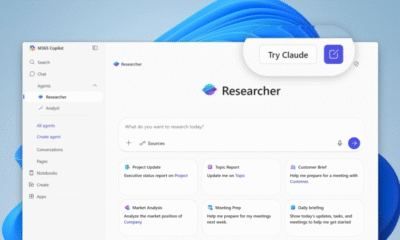
 Microsoft14 hours ago
Microsoft14 hours agoMicrosoft Integrates Anthropic’s Claude AI Models into 365 Copilot: A Deepening Relationship with OpenAI

